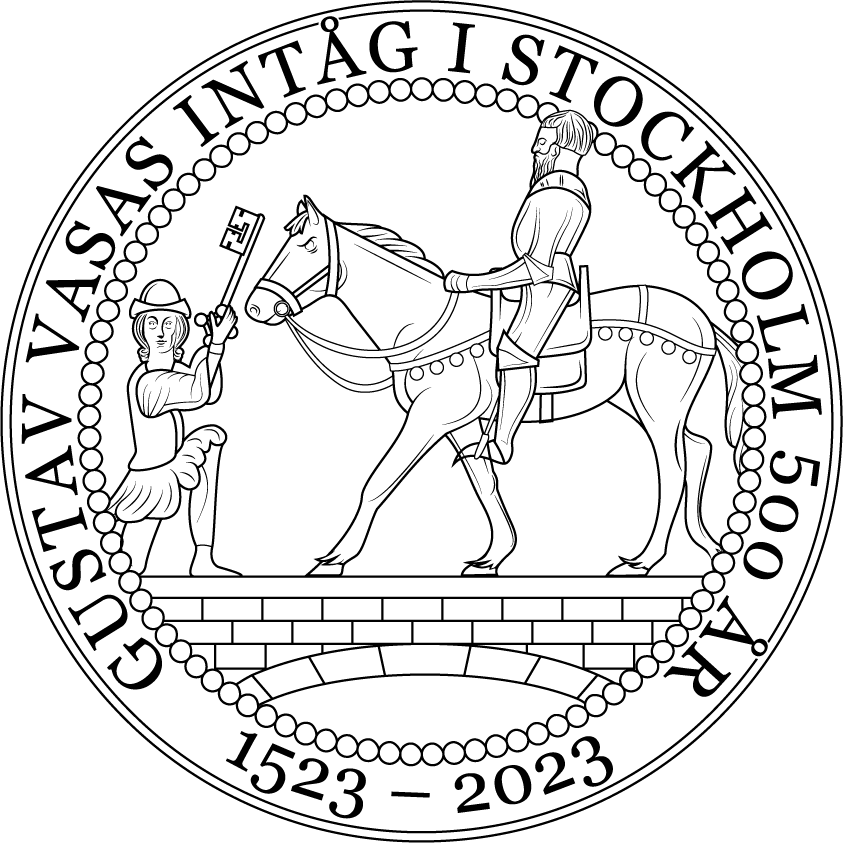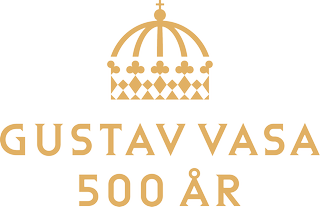History of the entry
That victorious lords and kings in triumph march into their own or conquered cities goes way back in history. Often there will be festive events with song, music and dance. The Maccabean books of the Old Testament describe how Simon Maccabeus recaptures Jerusalem from the Greek Seleucids.
“Then he made his entrance under hymns and songs of praise.Simon’s people marched into it on the twenty-third day of the second month of 171 under jubilant thanksgiving, with palm twigs, with lyres, cymbals and harps, under hymns and songs of praise.A severe enemy had been crushed and driven from Israel.”
The Romans made the triumphant inroads into Rome an institution granted to victorious field lords and their armies of war. The triumphal procession was both a folk festival and a religious rite.First went the Senate and officials, then trumpeters. Then the victor in chariot. The tradition of triumphal arches stems from the same tradition.
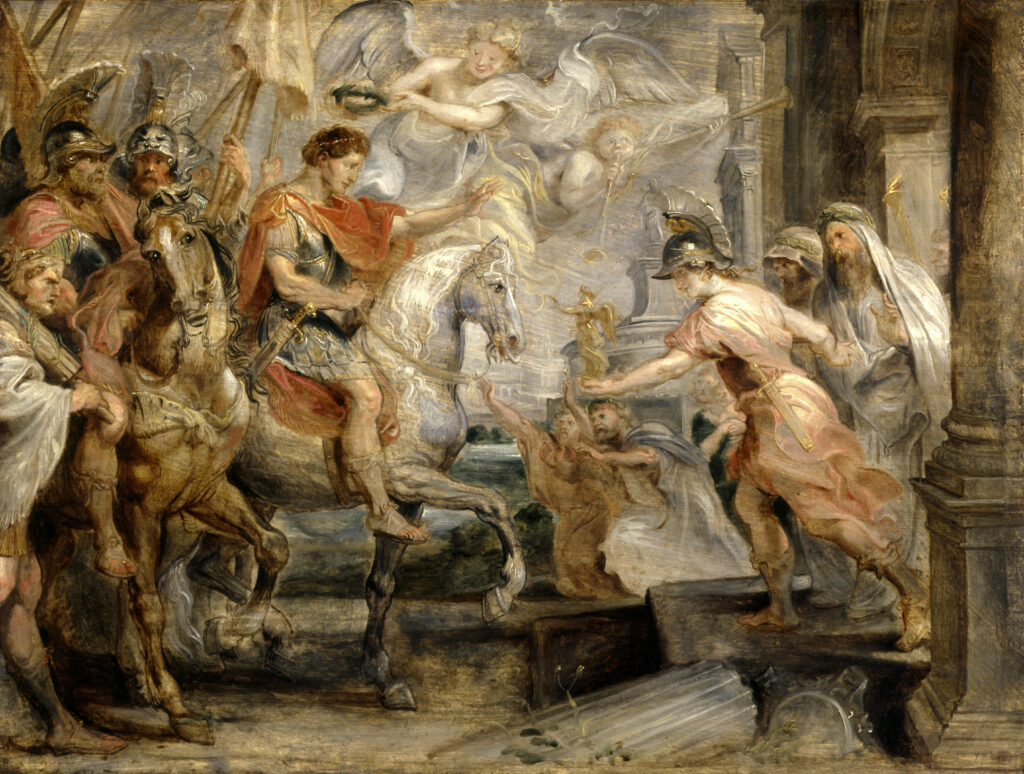
Entering Stockholm
Royal inroads into Stockholm had occurred several times during the Union era. Often it was Danish kings who, by their incursions, marked their supremacy and received the tribute of the people. In 1457, the Danish Union King Kristian I enters Stockholm at midsummer time after the Swedish Karl Knutsson Bonde was chased away.
In 1471, it is the Swedish regent Sten Sture the Elder who marches into the city after he is elected regent
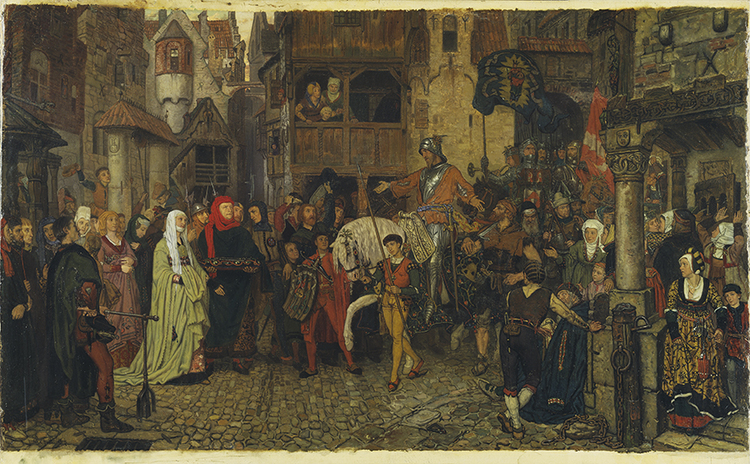
In 1497, Christian I’s son King Hans makes his solemn entry into Stockholm in late autumn to similarly mark his supremacy over Sweden in the country’s most important city. Sten Sture was the older was the Swedish antagonist he had fought down.
In 1520, perhaps the grandest of all the inroads is held in Stockholm when King Christian II – “tyrant” also called – makes his entry into the city after Sten Sture’s widow wife Kristina Gyllenstierna handed over the city to the king against promises of general amnesty.
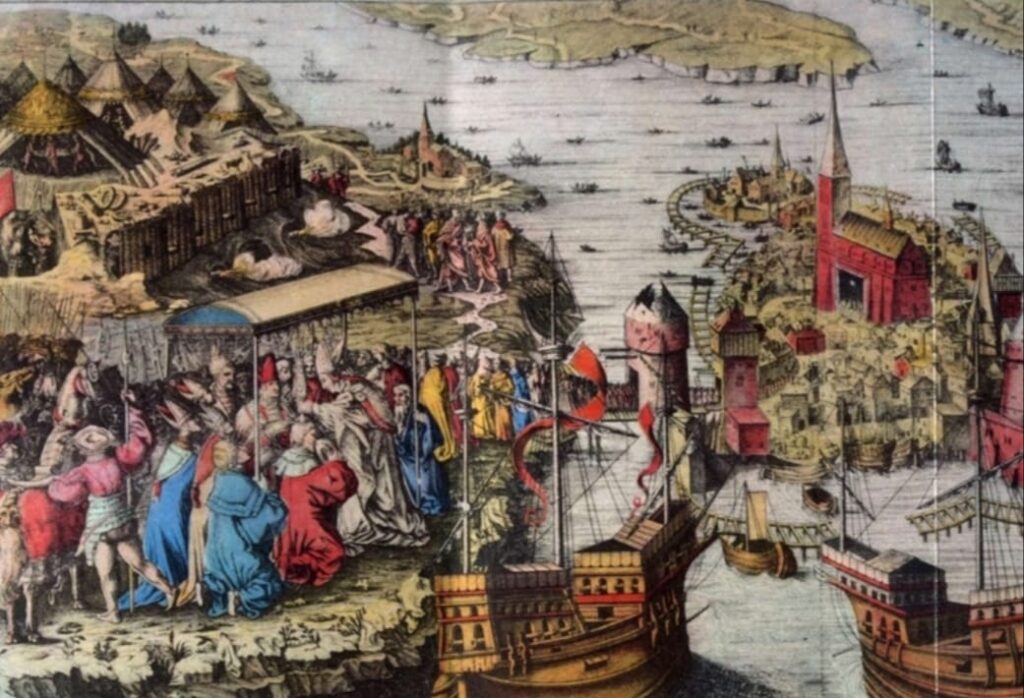
Accompanied by 1000 horsemen and 2000 men on foot, the entourage traveled down from Söders höjder, corresponding to today’s Katarinavägen, towards Slussen, then Södertorn. At 8 a.m., the city opens its doors for Christian II as agreed. He first receives the keys of the city, and in a solemn procession he rides first to the Great Church and then to the castle. Already the day before, Kristina Gyllenstierna had handed over the castle to the Privy Council, and it is the Privy Council that is now opening the castle to Christian II. The relief seems to be great in the city and peace is proclaimed by royal trumpeters on the streets of Stockholm. However, the joy of peace is smoldered a bit when King Kristian has hangers erected on both Stortorget and Järntorget…
Read more on the series about Stockholm’s carnage.
Three years later, it is time for a new royal entry, but this time not by any Danish union king but by Sweden’s newly elected king Gustav Eriksson, Vasa.
